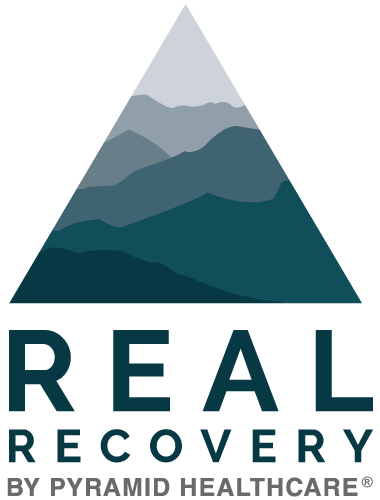It was once believed that it took 21 days to break a habit, and that it took the brain a little less than one month to switch from one learned pattern of behavior to another. However, research has proven this number to be unrealistically optimistic, if not woefully outdated. In 2012, a study detailed the truth that for most people changes in habit/behavior can take up to 10 weeks or two-and-a-half months.
Habits and Addictions
In the study of psychology, habits and addictions are fundamentally different, but they have similarities. Alvernia University, in an article titled Habit vs. Addiction: What’s the Difference? states:
“Probably the most important distinction between habit vs. addiction is how choice, to an extent, is still possible with habit-forming behaviors. When it comes to addiction, people generally have a harder time making decisions because of their dependence on a substance or behavior. Typically, these factors are linked to the rewards systems in the brain, which helps explain their overarching power in stripping people from the ability to make rational decisions.”
For this reason, it can take an individual an even longer amount of time to completely break an addiction. If a habit can be broken in an average of 66 days, and the individual has a greater level of mental control over said habit (like snacking past 9:00 pm or scrolling through social media when bored), it can take much more time, involvement and mental determination to break an addiction.
Before discouragement sets in, however, it’s important to note that while breaking an addiction might be a lengthy process, it is far from an impossible one.
The steps of breaking an addiction
Just as it takes different lengths of time to break a habit depending on the nature of the habit, there’s no timeline for breaking and healing addiction. Typically, the process begins with detoxing the body from the substance, be it drugs, alcohol or both. Detox programs typically take about 7 days to flush the substance from the body, but it can take additional weeks, and even months, for the cravings to subside.
The next part of breaking an addiction includes the mental and psychological process of detoxing, that is, the rewiring of the brain. Just as drugs and alcohol work against the brain’s normal functioning, like hijacking pleasure receptors or creating synthetic feelings of relaxation, a vital aspect of breaking an addiction is training the brain to once again take control of those natural processes.
How long do a detox and complete healing take?
As stated before, a variety of factors determine how quickly an addiction to drugs or alcohol can be broken.
For example:
- When trying to break an alcohol addiction, the brain begins to reset and restore itself approximately 7 days after the last drink, but can take even longer depending on –
- How long the person has been addicted and how much that person drinks
- If they’re also addicted to drugs or smoking
- If they have a medical history of past addiction or other mental or physical health problems
- If family history or genetics predisposes them to form an addiction
- The individual’s age, gender and weight
- Their immediate environment, including peer pressure, negative influences or alcohol/drug use within their family or home
- When trying to break a drug addiction, the above factors play a role and include differences based on the type of drug being abused and the length of time withdrawal symptoms are present and posing a threat of relapse. For example:
- Cocaine can stay in one’s systems for weeks, with hair samples revealing traces of cocaine even up to a year after the last use. However, overall withdrawal symptoms can begin to dissipate approximately 30 days after quitting.
- How long marijuana stays in one’s system depends heavily on the frequency of use, with chronic users having traces in their body up to 90 days in extreme cases. It might take anywhere between 20-30 days for withdrawal symptoms to taper off.
- Because there are so many different opioids, the withdrawal symptoms and the length of time the drug stays in the body vary drastically. Generally speaking, however, it could take between one week to one month for an individual to stop displaying withdrawal signs depending on how chronic the usage was defined.
A lengthy process, but a worthwhile one
By breaking one’s addiction to drugs and/or alcohol, your life not only takes a turn for the healthy, but you literally take your life back into your hands. Not only are you no longer ruled by the cravings, urges and impulses, but you experience the true freedom that allows you to determine a healthy, addiction-free path for yourself.
While it takes a long time to break an addiction, it’s a noble cause and a rewarding journey. If you’re ready to take the steps to recovery today, reach out to Real Recovery at (855) 363-7325.





